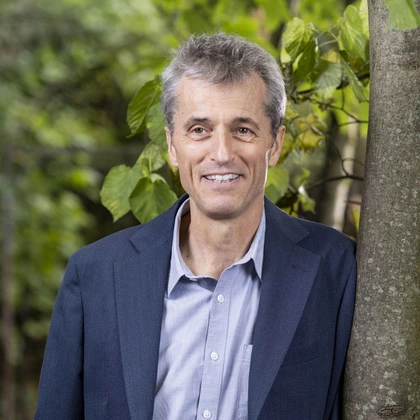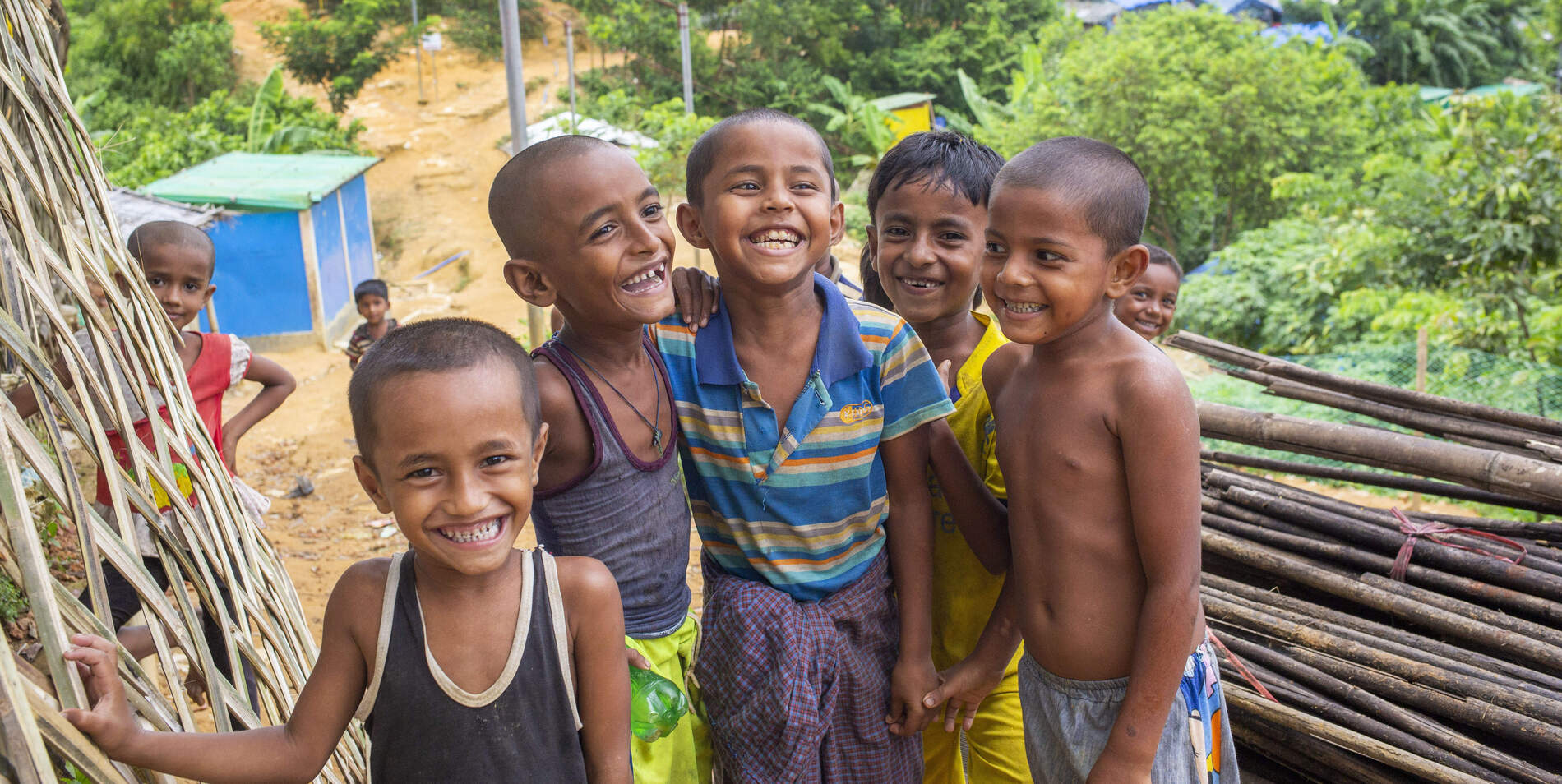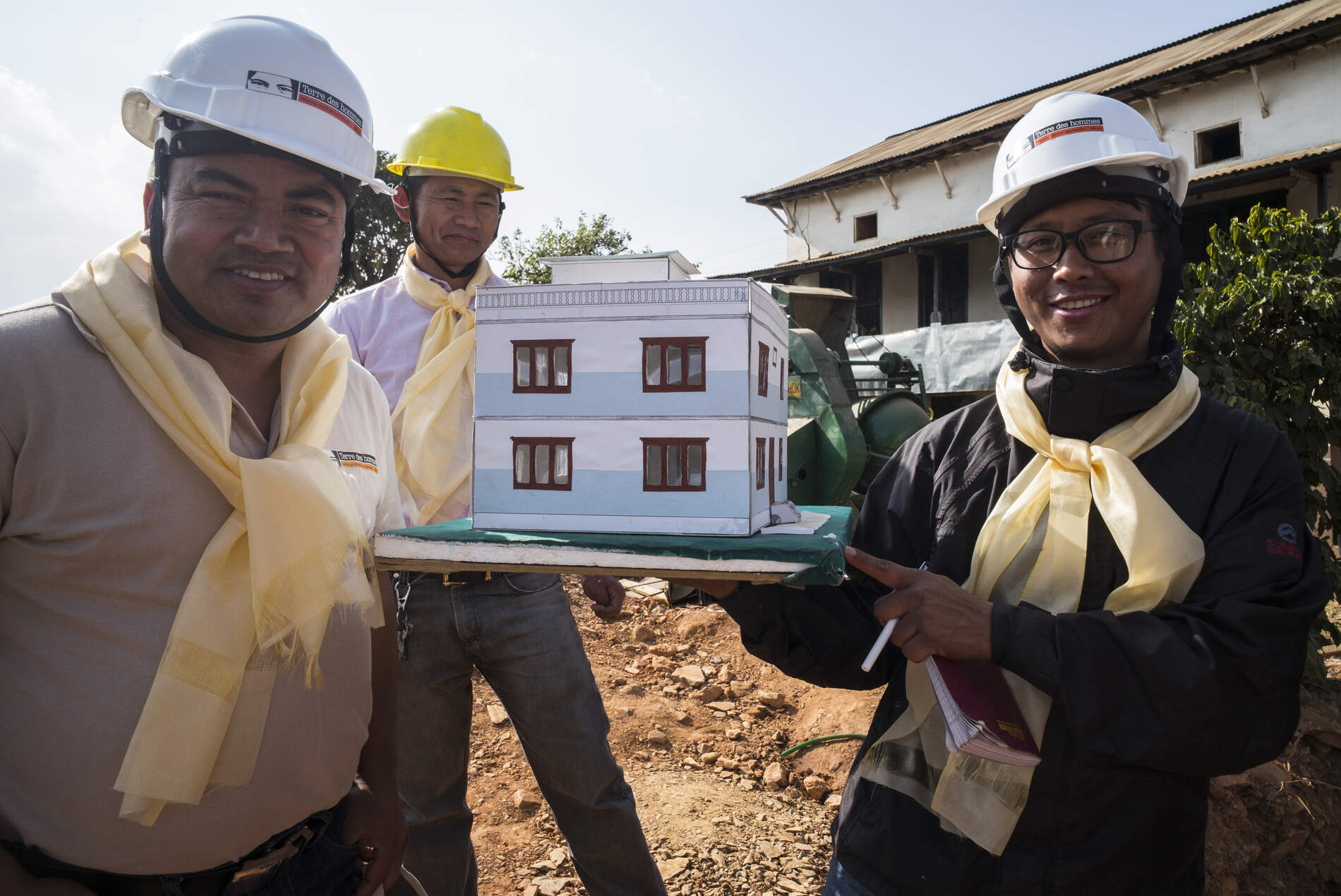Our work
How we operate
To help the victims of disasters and people in need, both in Switzerland and around the world, we mobilise the people of Switzerland and guarantee rigorous monitoring of the use of donations allocated to projects implemented by our Swiss partner NGOs working on the ground.
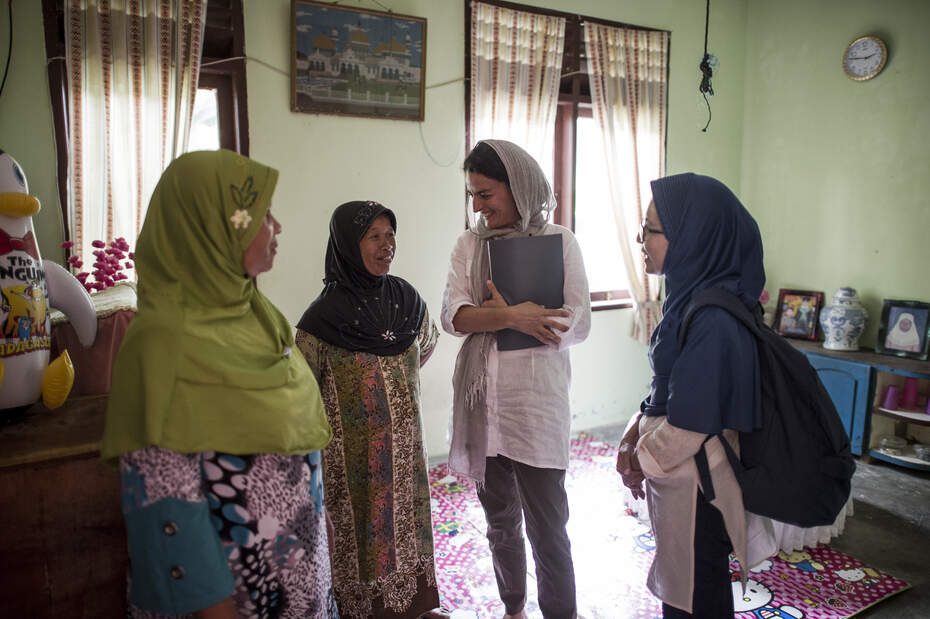
How does Swiss Solidarity work?
Swiss Solidarity has been embodying the Swiss population’s spirit of solidarity since 1946. The organisation mobilises the public and collects donations to provide aid not only in response to major natural disasters and conflicts, but also for children and vulnerable people in Switzerland. The Foundation is independent and ensures that donations are put to use in a responsible, efficient and transparent manner.
We mobilise
When a major disaster strikes, whether in Switzerland or abroad, we launch an appeal for donations and organise national days of solidarity in collaboration with the Swiss Broadcasting Corporation SRG SSR. Through our media and corporate partners, we promote solidarity in Switzerland and collect donations to help victims.
We launch appeals for donations only once we are sure that we can use the funds to make a difference quickly and effectively.
Scale of the disaster
The scale of the disaster is such that international humanitarian aid is urgently needed and the country in question asks the international community for assistance.
Capacities of our partner NGOs
Many of our Swiss partner organisations are able to rapidly deploy effective humanitarian aid on a scale that justifies a national appeal.
Support from the public
There is good reason to believe that an appeal for donations would be successful. There is extensive media coverage, and either the population of Switzerland is already well aware of the disaster or we can reasonably anticipate significant support if we were to launch an appeal for solidarity.
Scale of the disaster
The scale of the disaster is massive, with several regions and many thousands of people affected.
The principle of complementarity
The remaining costs – those not covered by insurance, public authorities, Fonds Suisse or other bodies – must be substantial.
Support from the public
The Swiss population is already very much moved by or aware of the disaster, or we can at least reasonably expect significant support if we were to launch an appeal for solidarity.
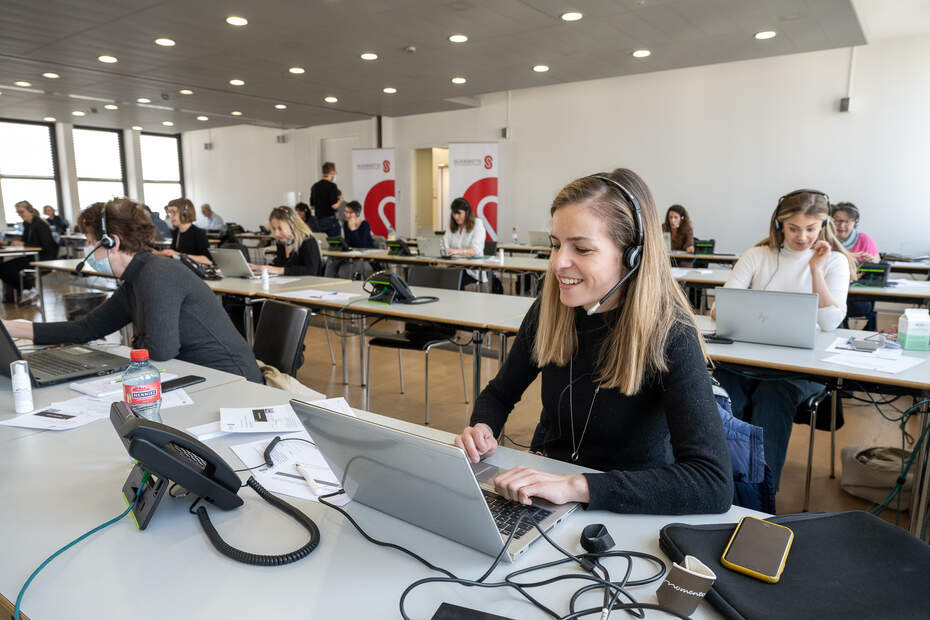
National days of solidarity
In addition to SRG SSR, our partners – Swisscom and various private media organisations, not to mention the many volunteers who take pledges over the phone – provide us with essential support on national fundraising days.
These days generate a wave of solidarity throughout Switzerland, which is expressed through countless solidarity initiatives and pledges.
We make aid possible
Internationally, we fund the projects of our 28 Swiss partner organisations. During solidarity campaigns, these NGOs submit their projects, which we scrutinise to ensure that donations are used to best effect to help those in need. The initial focus is on emergency aid, followed by medium-term transitional aid and, if funds are still available, sustainable reconstruction and infrastructure rehabilitation.
In Switzerland, we fund projects in the social sphere, in particular child protection and the integration of young people at risk of social and occupational exclusion. We also support people affected by major natural disasters. These projects are carried out by not-for-profit associations and organisations.
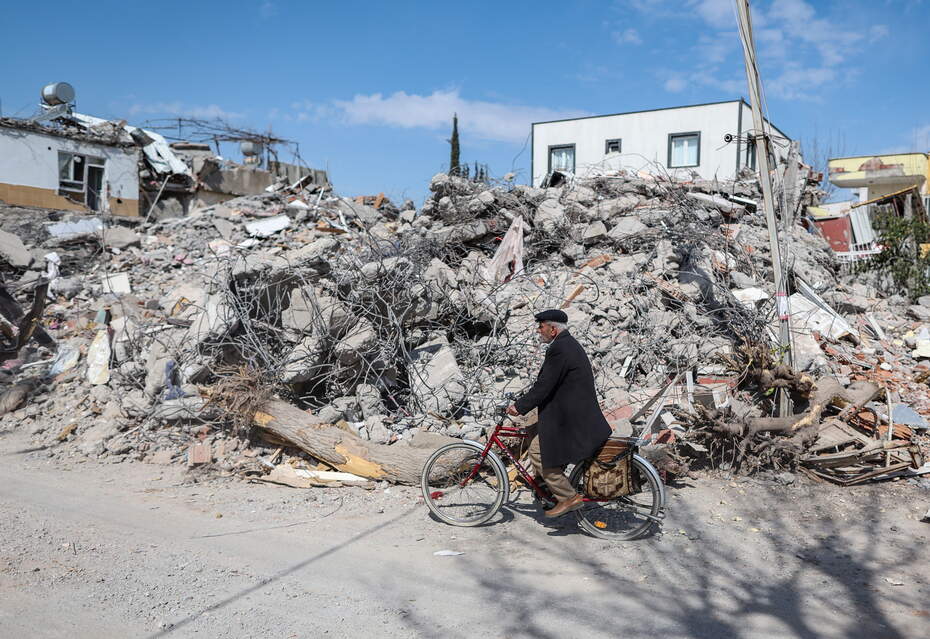
In concrete terms, how does Swiss Solidarity help?
Once a fundraising campaign ends, our partner organisations submit their projects to us for consideration. To ensure that we provide the best possible help to those in need, we carefully examine every project to be funded by the donations we receive.
Initially, our projects department ensures that the projects submitted comply with our guidelines. The International Relief Project Committee (COPRO-INT) then examines the largest projects (those requiring over CHF 300,000 in funding) in detail and decides whether we should fund them.
When we do fund a project, we cover a maximum of 80% of the total project costs. Organisations can claim administrative costs of no more than 10%.
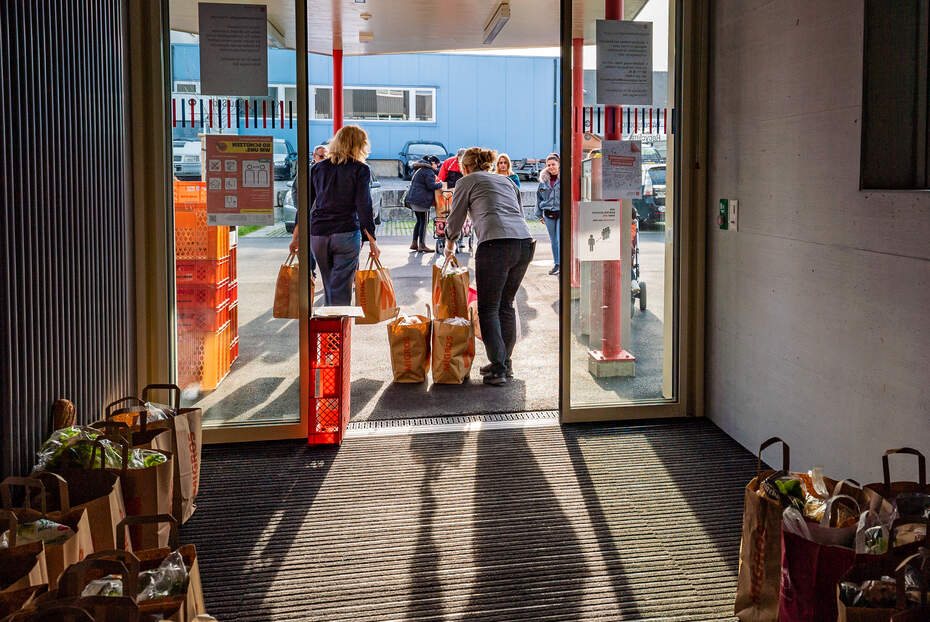
[Translate to English:] Aide dans le cadre de la pandémie de Covid en Suisse
Swiss Solidarity funds aid projects in Switzerland and internationally
Since it was founded in 1946, Swiss Solidarity has organised over 270 fundraising campaigns to help those in need, both in Switzerland and abroad. Nearly half of the fundraising campaigns were carried out to help people in Switzerland. To ensure that donations are used to best effect, we work with trustworthy partners.

Emergency relief and reconstruction
Around 15% of donations received goes toward emergency relief projects. A substantial proportion of the funds we raise, around 70%, is earmarked for sustainable reconstruction and rehabilitation projects to help affected populations regain their autonomy. The remaining 15% is used to wind up projects, consolidate the outcomes and transfer responsibilities to the local population. The reconstruction projects carried out following major disasters can last several years. In the event of major disasters, it is sometimes important not to use all of the donations in the first few months so that projects can be supported over several years.
We monitor
Our teams and independent experts monitor the quality of the projects we fund. Our Project Committee brings together specialists from different fields to analyse the projects and assess the progress made and the results achieved while the projects are underway. This involves verifying that the work is being carried out effectively, efficiently and in accordance with the quality standards in force. Regular evaluations are carried out in the countries where we operate to ensure that funds are being used judiciously and that projects are having the intended impact.
How do we ensure that every donation is being used to best effect?
Every four years, we review our partnerships with these organisations using strict criteria, in addition to renewing accreditations, accepting new ones or dissolving partnerships.
What’s more, to ensure the quality of our aid, we regularly inspect projects on-site.
To do this, we alternate between two methods: Project visits and evaluations.
Accompanied by technical experts, our staff visit several countries each year to assess projects on the ground, speak with the local population and, depending on the needs, adjust the actions being taken.
This enables us to continually improve the projects and better tailor them to the needs of the population concerned.
To guarantee a high level of quality in Switzerland and internationally, it is essential for us that independent, external experts monitor the implementation of our projects. This also provides us with an objective assessment of our partners and encourages knowledge-sharing across organisations. To do this, we issue public calls for tenders. Evaluations are then carried out in accordance with international standards, in coordination with our partners.
“Guaranteeing the quality of the projects, which means providing the best possible aid to affected populations and using the donations as effectively as possible, is the focus of all our efforts. That’s why my staff and I regularly visit projects on the ground to make sure that they are achieving what they set out to achieve.”
